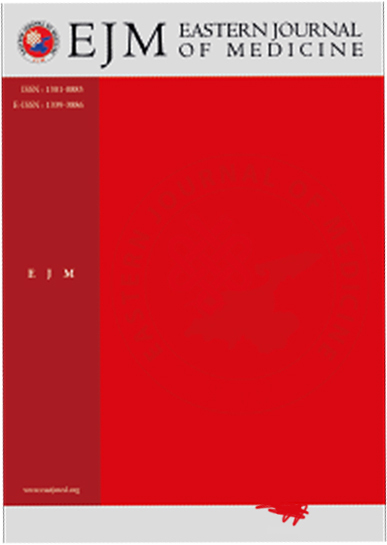Prevalence of ectopic maxillary canine and its association with other dental anomalies in children: an observational study
Sahar Haghighi1, Samane Gharekhani2, Farida Abesi3, Maryam Ghasempour2, Karimollah Hajian-Tilaki41Student Research Committee, Babol University of Medical Sciences, Babol, Iran2Oral Health Research Center, Health Research Institute, Babol University of Medical Sciences, Babol, Iran
3Dental Materials Research Center, Department of Oral and Maxillofacial Radiology, Dental School, Babol University of Medical Sciences, Babol, Iran
4Department of Biostatistics and Epidemiology, Babol University of Medical Sciences, Babol, Iran
INTRODUCTION: Ectopic eruption of canines can lead to further dental problems and discomforts for the patients. In this study, it was aimed to investigate the prevalence of ectopic eruption of maxillary canine and its association with other dental anomalies in children.
METHODS: In this cross-sectional study, we included children aged 9-13 year old who were referred to specialized radiology clinics in XXXXX and XXXXX Dental School affiliated to XXXXX University of Medical Sciences between 2016-2020. The prevalence of ectopic eruption of maxillary canine and its association with other dental anomalies was evaluated.
RESULTS: Of 472 children, 218 (46.1%) were male and others were female. Fourteen children (3.0%) had at least one ectopic canine in the maxilla, of whom nine (64.3%) were male and five (35.7%) were female (p=0.168). The ectopic canine was unilateral in 12 cases (85.7%) and bilateral in two cases (14.3%). Of 14 children with an ectopic eruption of canine in the maxilla, 12 cases (85.7%) had unilateral, and two cases (14.3%) had bilateral ectopic canines. Of 16 ectopic canines in maxilla, 81.3% (13 teeth) had palatal direction and 18.7% (three teeth) had buccal direction. According to the chi-squared test, a direct association was found between the ectopic eruption of maxillary canines and over-retained deciduous teeth (p<0.001).
DISCUSSION AND CONCLUSION: The frequency of unilateral ectopic canines was higher than bilateral, and frequency of maxillary palatal ectopic canines was higher than buccal ectopic canines. Over-retained deciduous teeth in individuals with maxillary ectopic canines were found to be more frequent.
Manuscript Language: English














